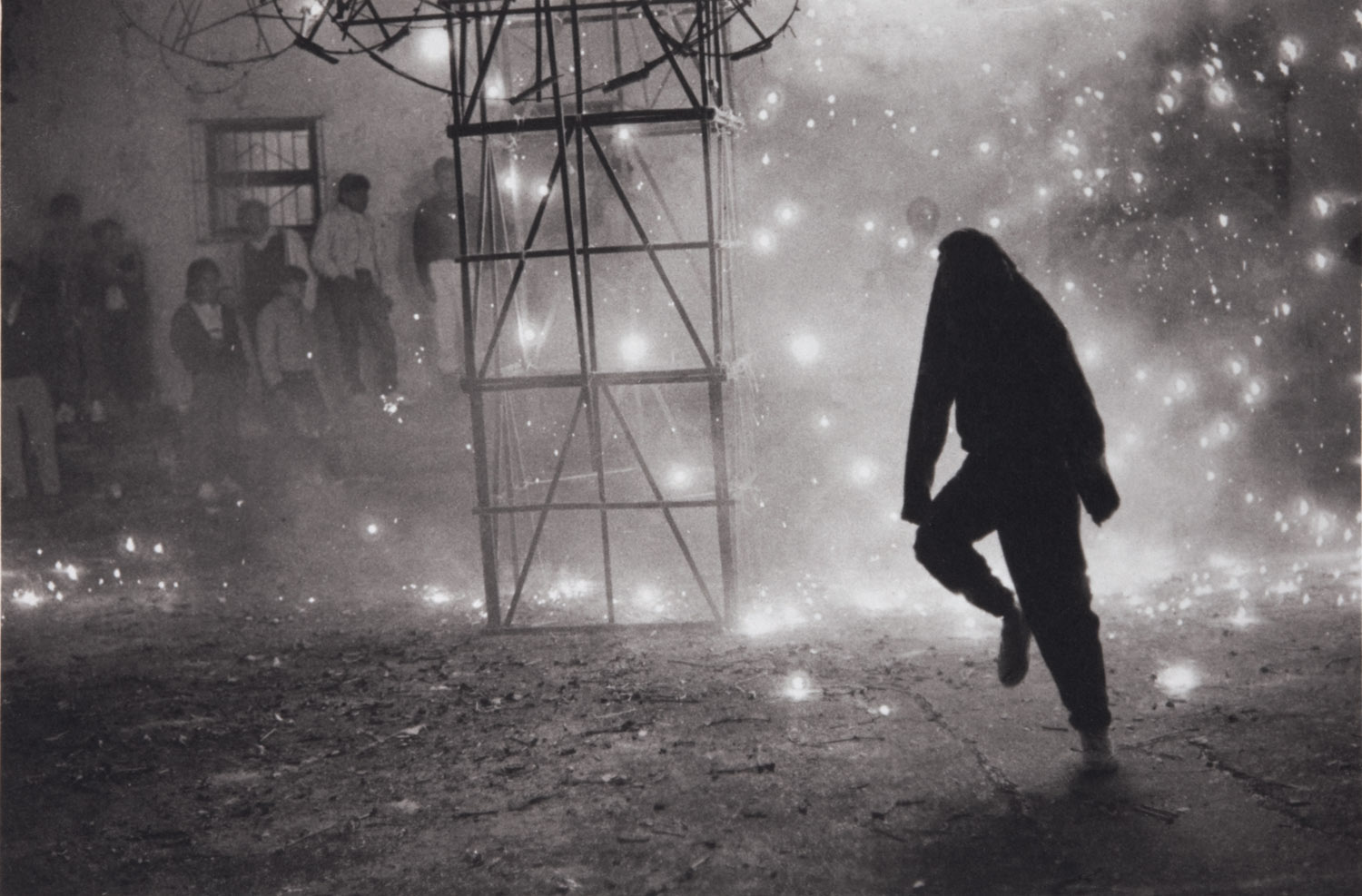
Often cited as Mexico’s most celebrated fine art photographer, Manuel Álvarez Bravo, whose life almost spanned the entire 20th century, relentlessly captured the history of the country’s evolving social and geopolitical atmosphere. A Photographer on the Watch, a new show organized by the Jeu de Paume in Paris, features previously unpublished and unseen images from the master alongside Álvarez Bravo’s most recognizable images, such as The Daughter of the Dancers (slide 6) and The Crouched Ones (slide 9). Together, they bring new attention and reconsideration of the work of the photographer—who died in 2002—whose prolific output has not only been thoroughly scrutinized by critics, but also published in more than a hundred books and exhibited internationally (The J. Paul Getty Museum in Los Angeles staged a major retrospective in 2001).
After the Mexican Revolution that began in 1910, Álvarez Bravo’s career emerged during a creative renaissance that was a reaction to the resulting paradigm shift in the political environment. Alongside the major uprisings against then-Mexican president, Porfirio Díaz, brought forth by political revolutionaries, such as Emiliano Zapata and Pancho Villa, significant artists including Diego Rivera also came to prominence. Álvarez Bravo’s work, which evolved during this period, addressed what curators Laura Gonzáles Flores and Gerardo Mosquera identify as the country’s “gradual abandonment of rural life and traditional customs, the rise of a post-revolutionary culture with international influences, and the espousal of a modern culture related to the urban maelstrom.”
Perhaps the most noticeable part of Álvarez Bravo’s career is his breadth of approaches, coursing through modernism (like Edward Weston, his personal friend) with formalist photographs of abstract paper forms, before moving on to address recognizable motifs. People, things and objects—for example, a sheep fallen down against a sidewalk curb—are shown in real habitats, but captured in a perspective which elevate the purpose and meaning of the photograph, beyond that of pure documentation (like Eugène Atget).
Although considered to be a part of the Surrealist movement, Alvarez Bravo’s images aren’t exclusively Surrealist in its denotative meaning; his lens captured the uncanny and mythic qualities of things that tangibly existed, such as an optical store plastered with eye illustrations, as seen on Optical Parable (slide 10), that evoke the work of pure Surrealists.
Álvarez Bravo’s career is one which can be easily seen as a story of tireless work— full of laborious attempts and devout experimentation—leading to iconic masterpieces. As Gerardo Mosquera states in an essay inside the exhibition’s catalog: “while [Henri] Cartier-Bresson seized the “decisive moment,” Álvarez Bravo laid a trap for “decisive moments”—a statement which both captures not only Álvarez Bravo’s dedication to his practice, but his ability to compose and very purposefully create photographs saturated with poetic complexity.
Manuel Álvarez Bravo: A Photographer on the Watch is on view from Oct. 16 through Jan. 20 at Jeu de Paume in Paris. See more info here.
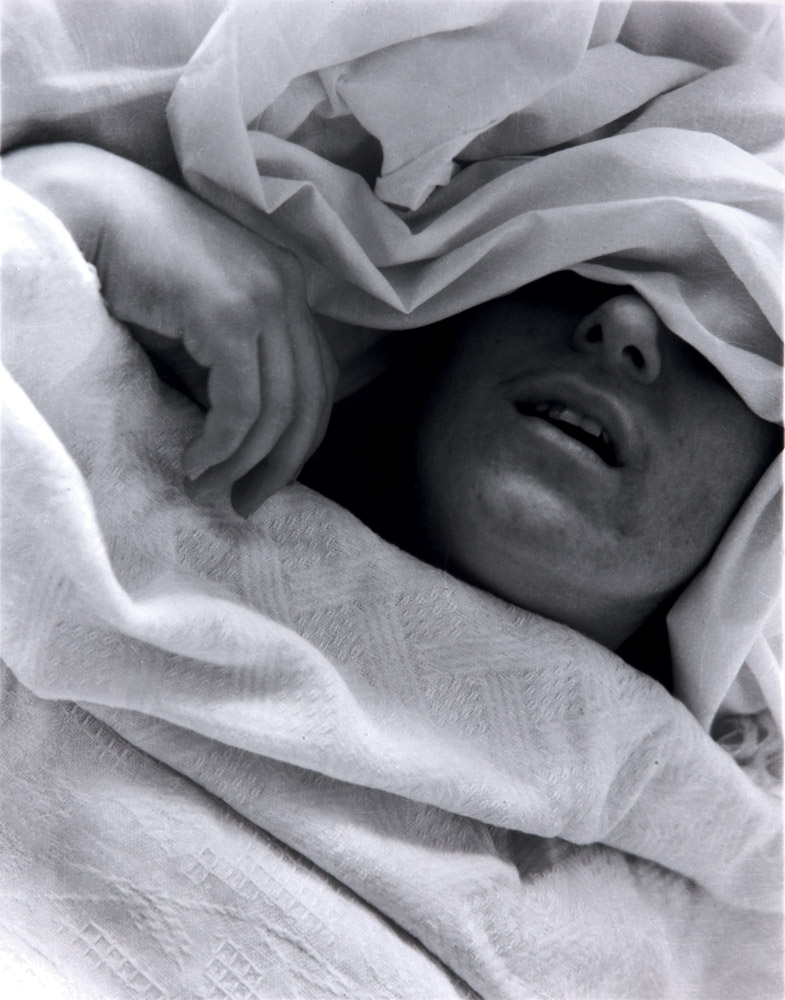
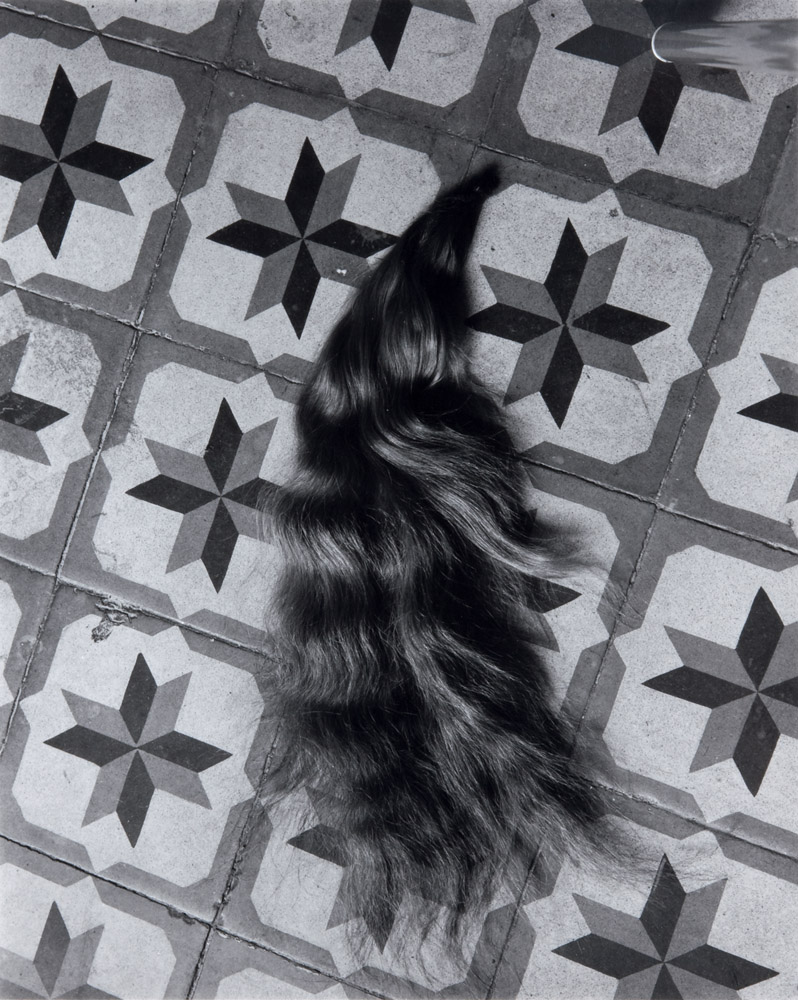
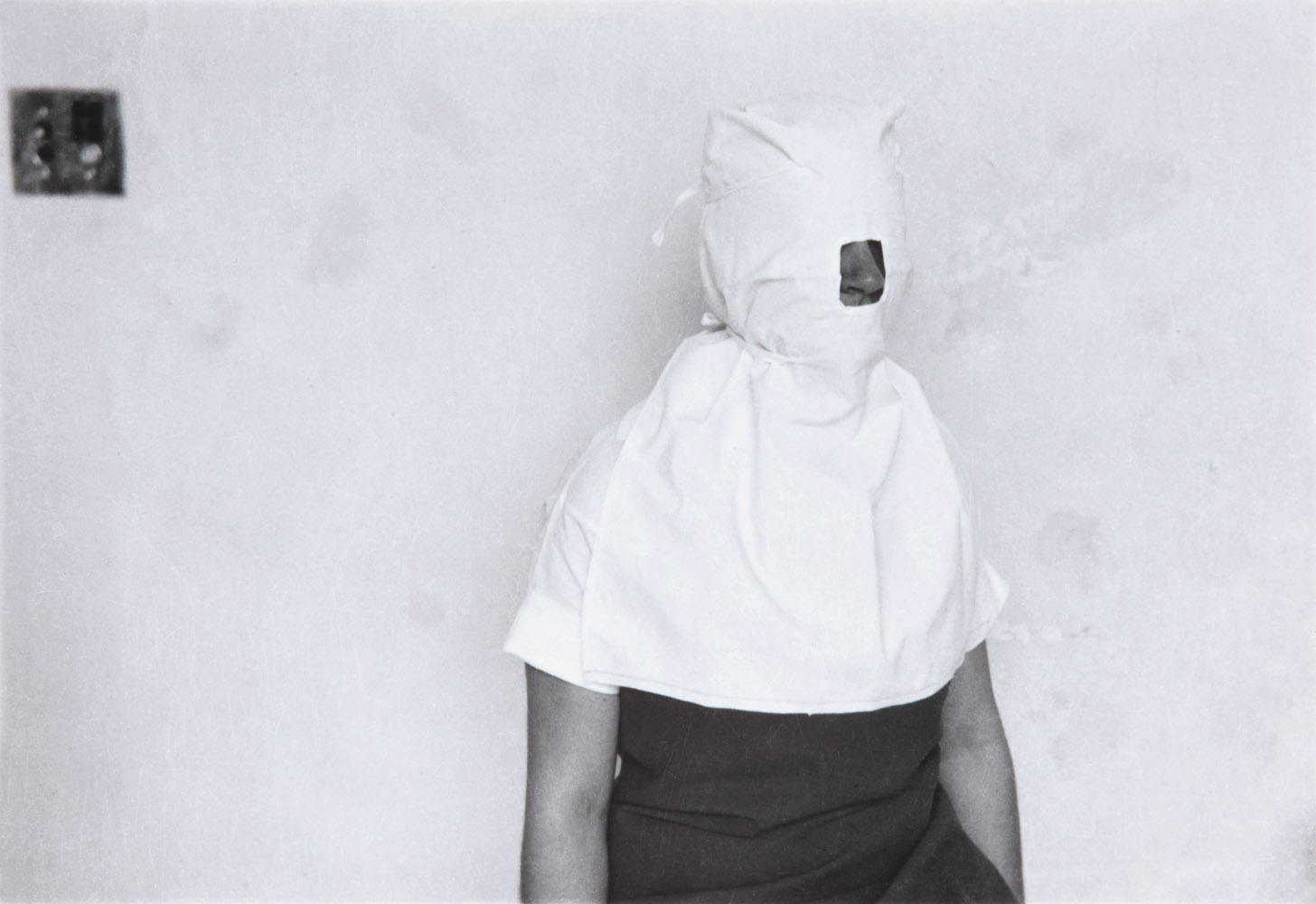
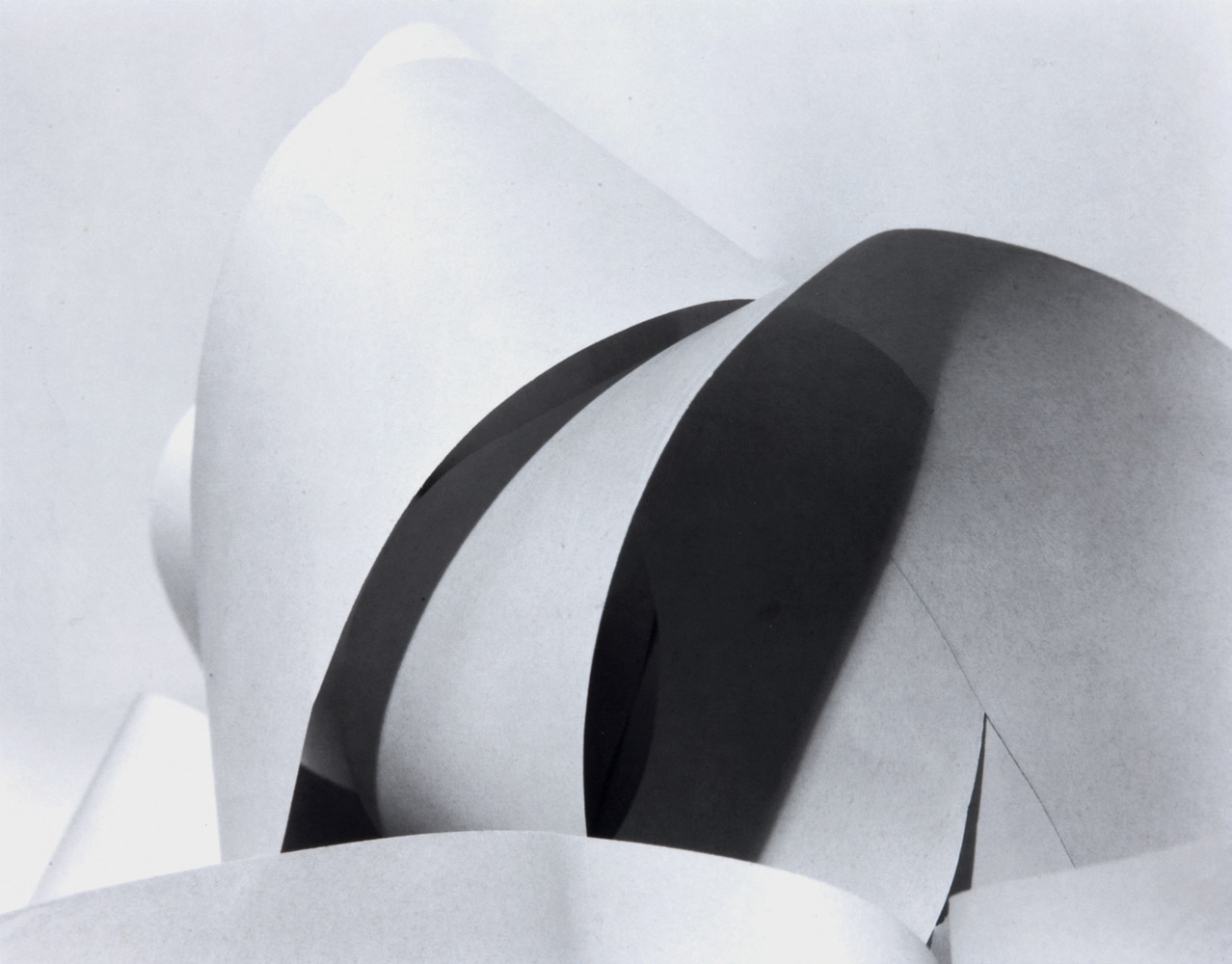
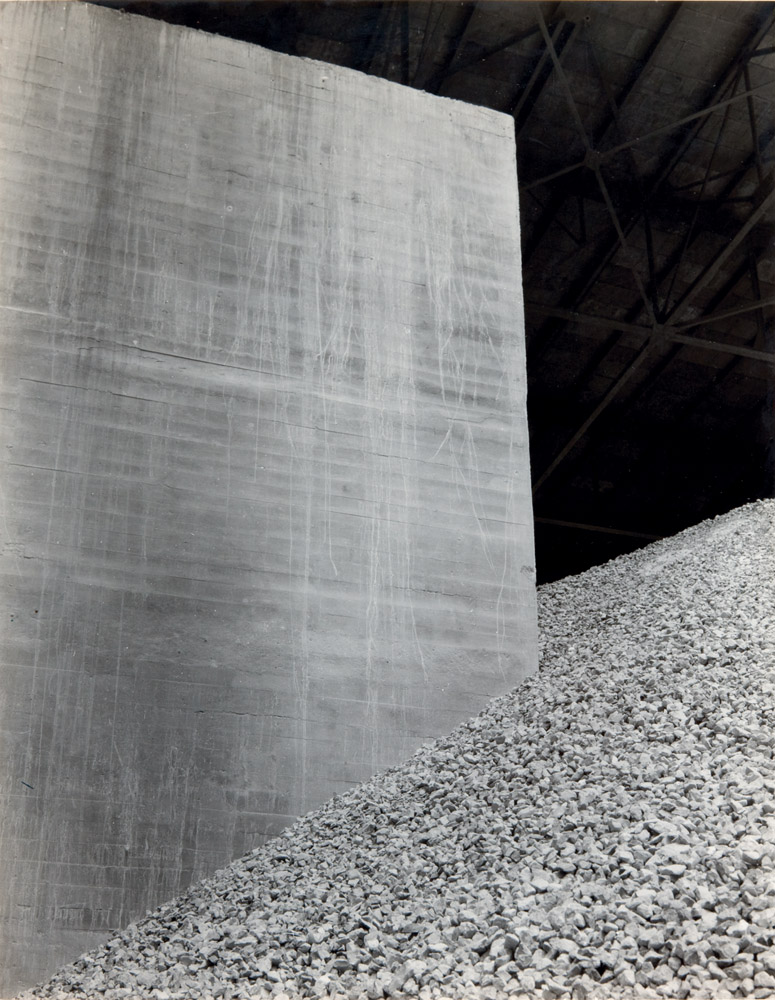
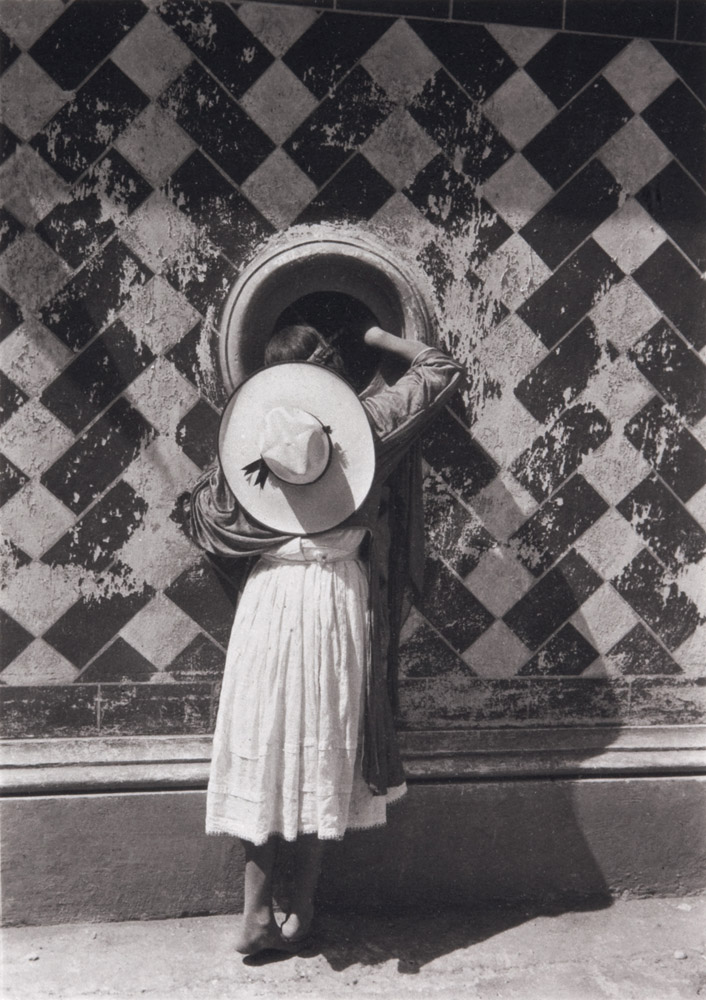
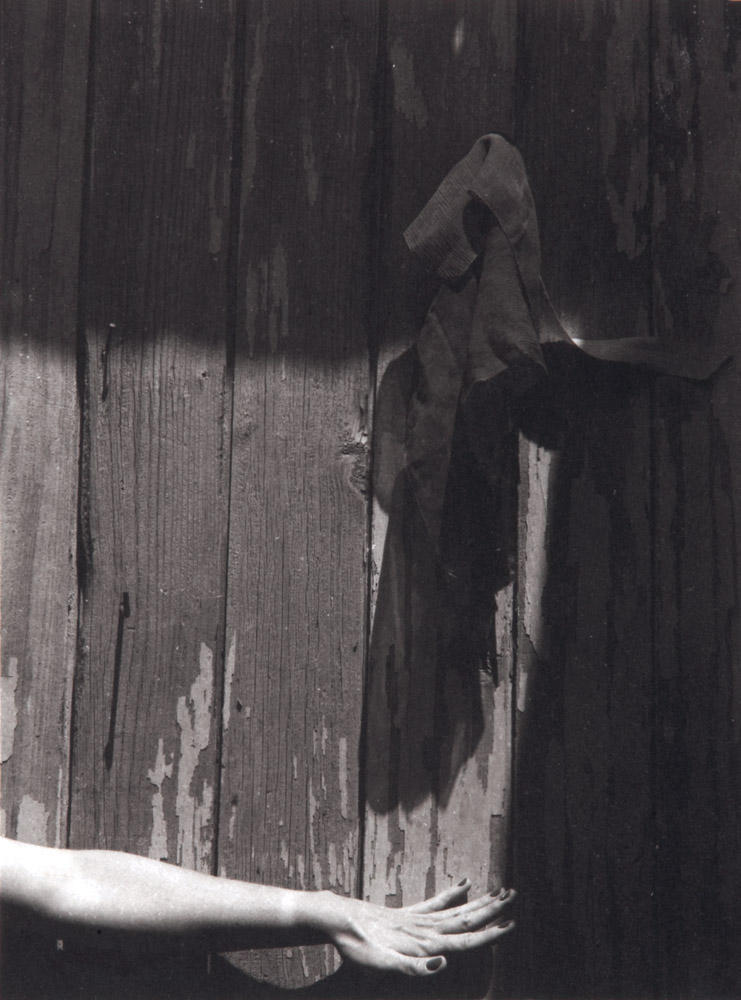
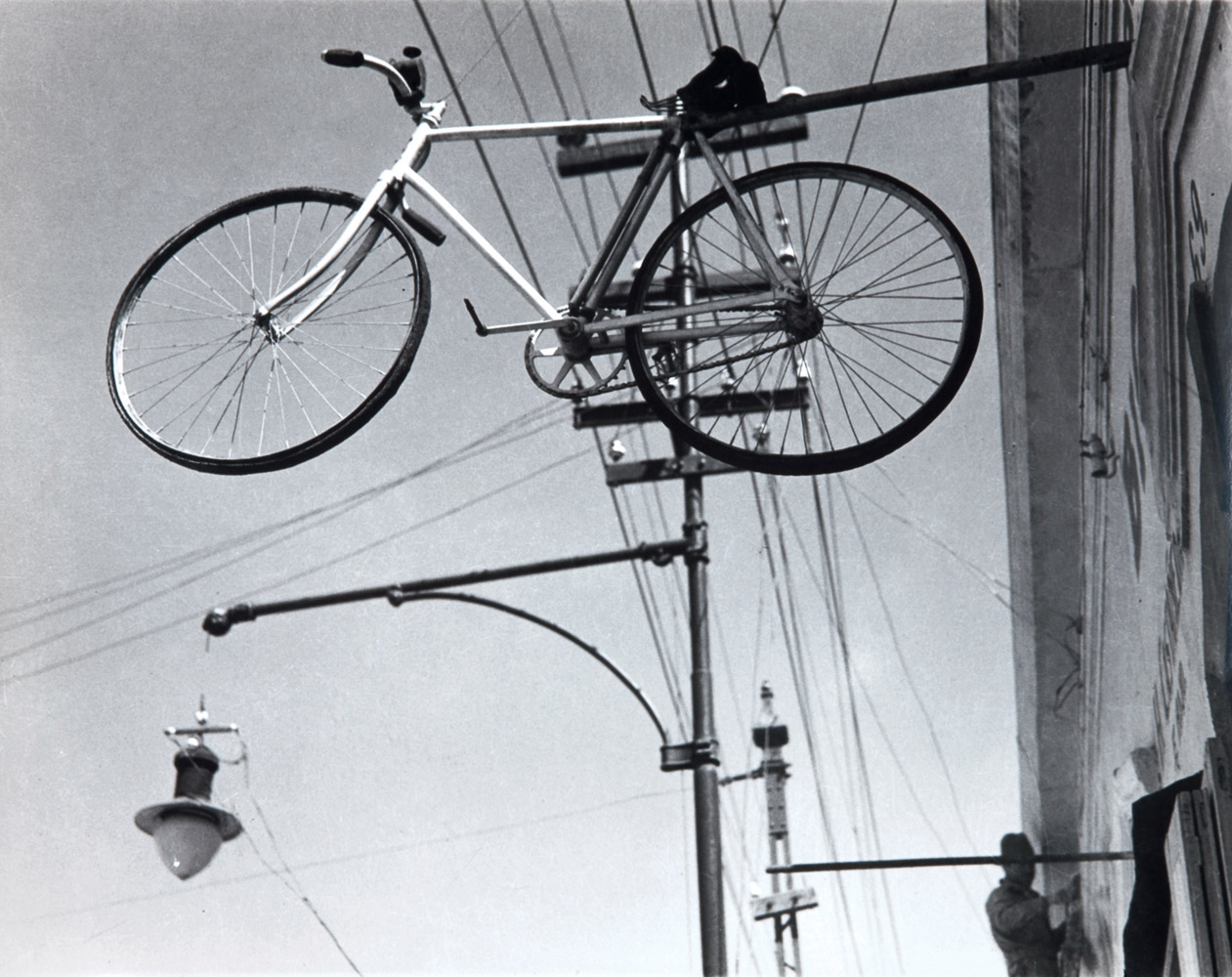
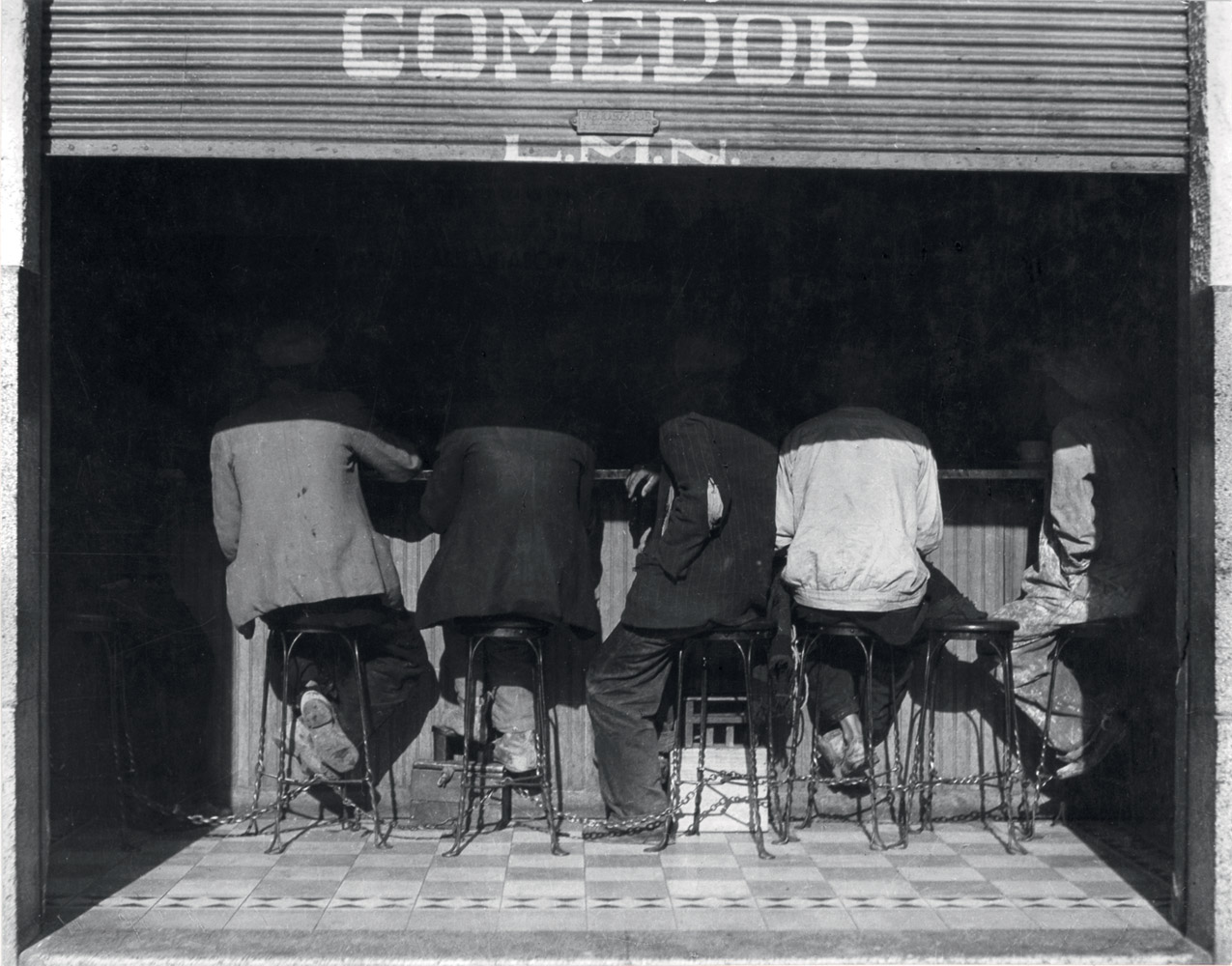
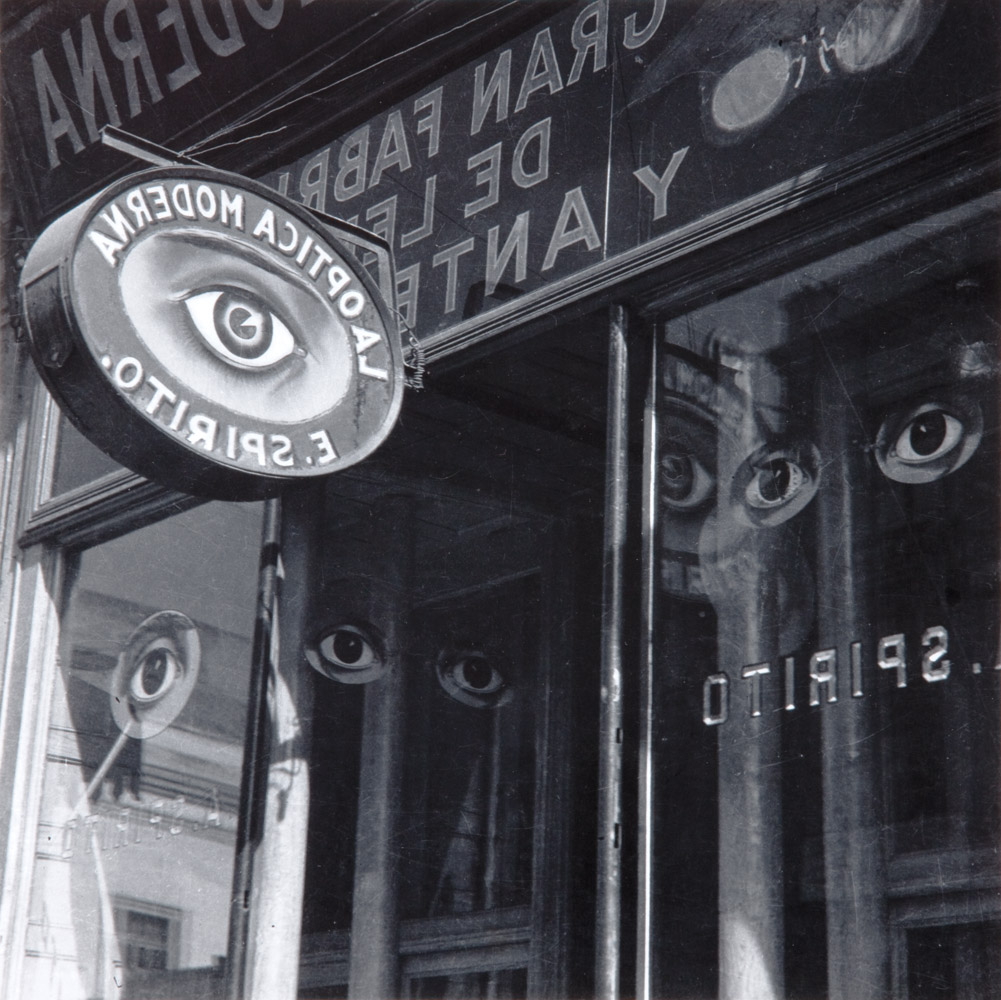
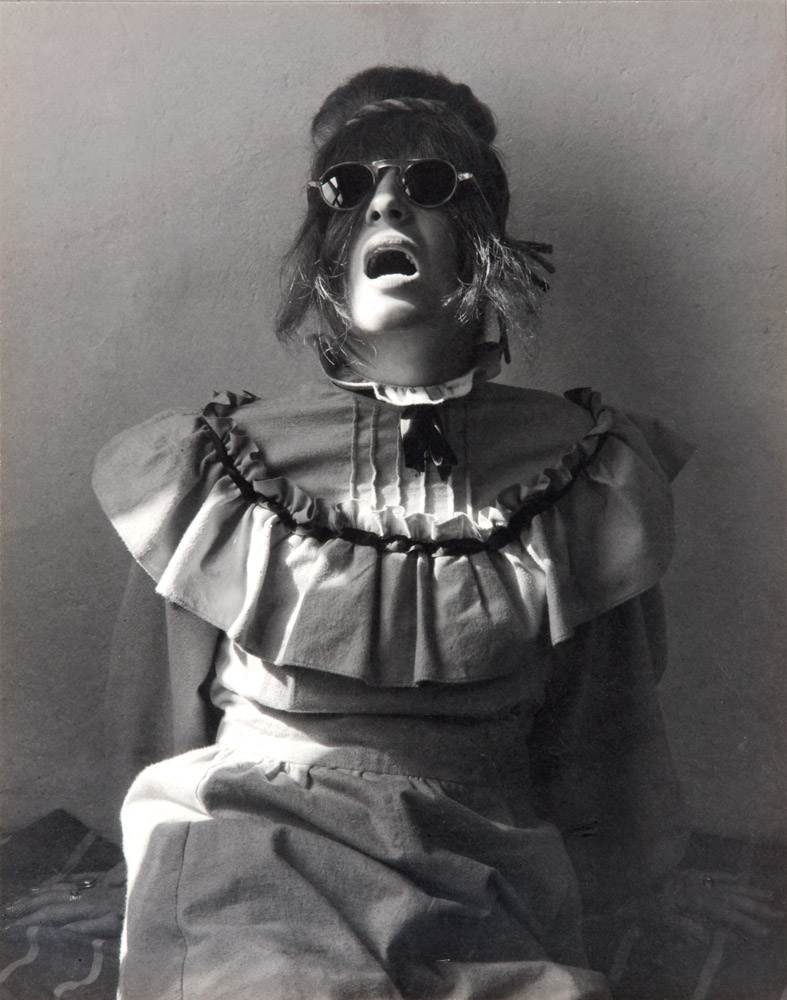
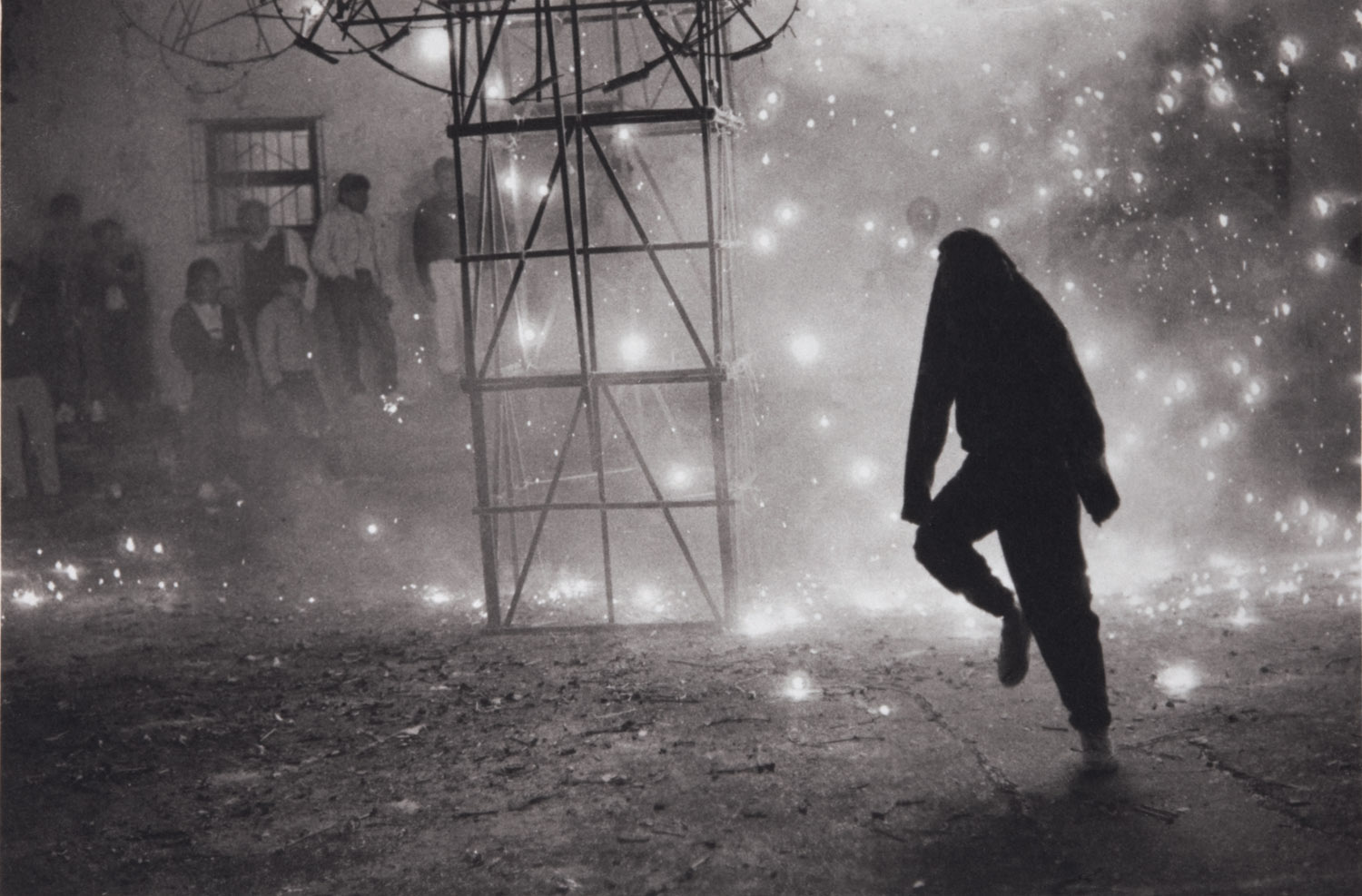
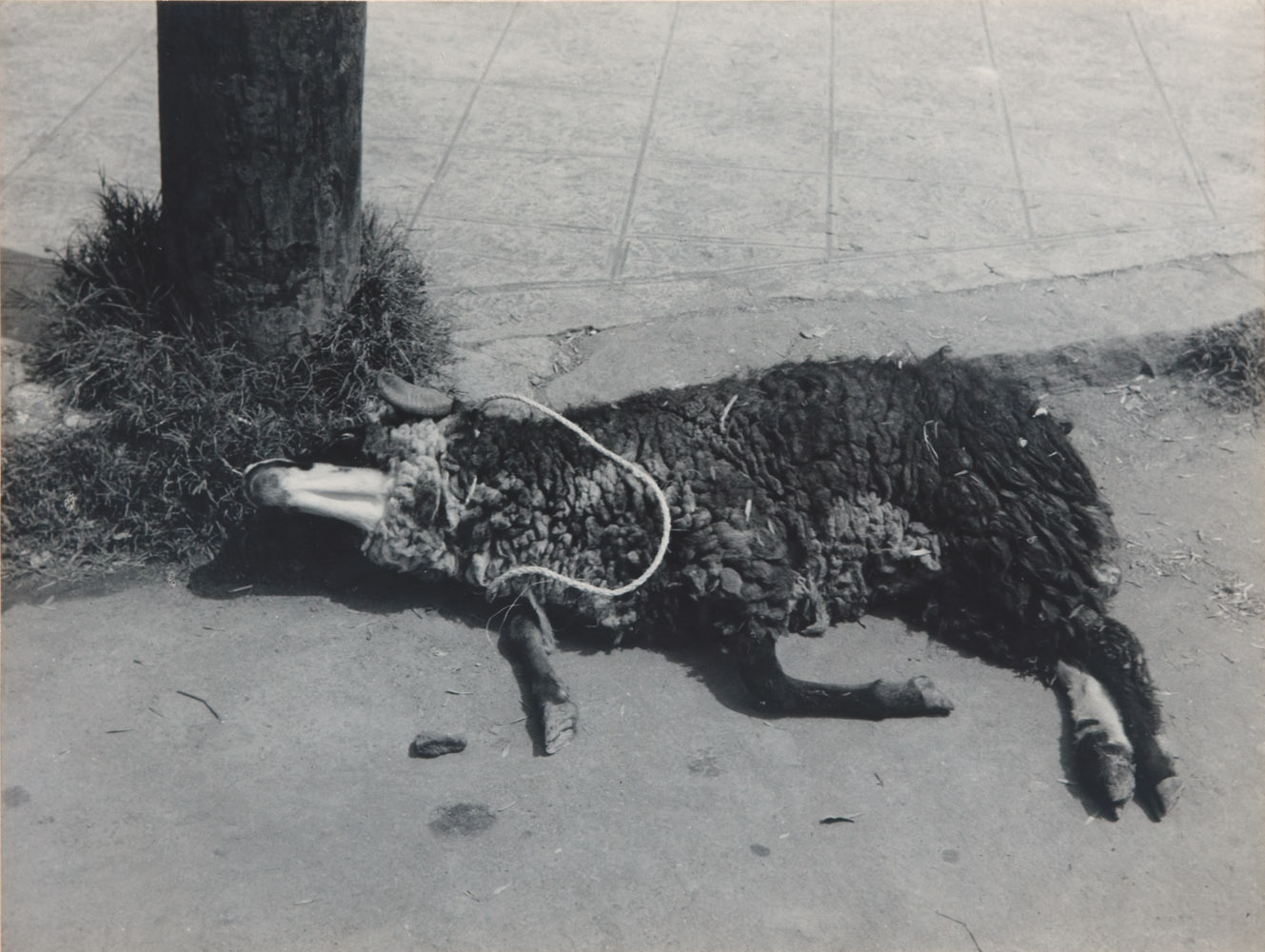
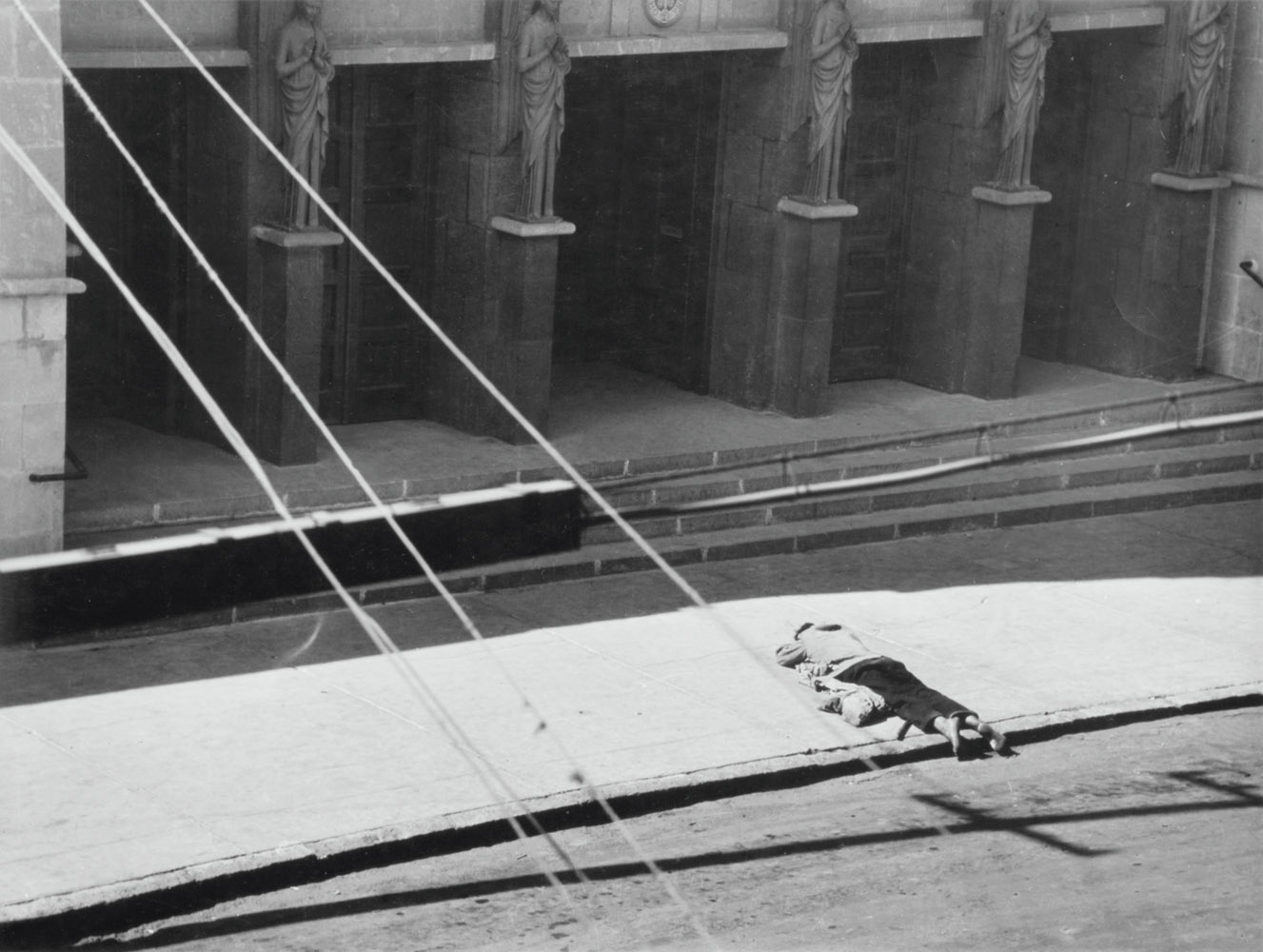
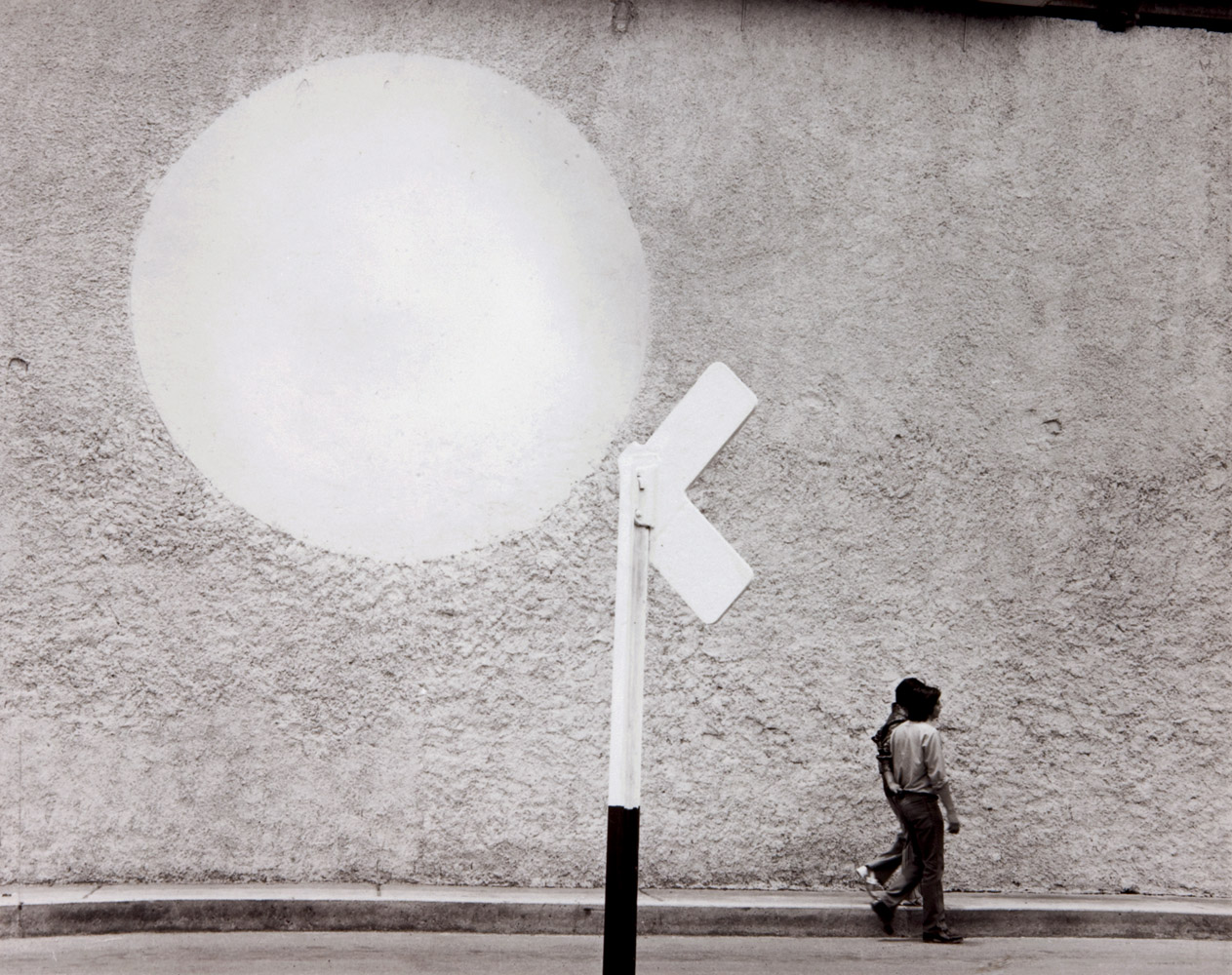
More Must-Reads from TIME
- Donald Trump Is TIME's 2024 Person of the Year
- Why We Chose Trump as Person of the Year
- Is Intermittent Fasting Good or Bad for You?
- The 100 Must-Read Books of 2024
- The 20 Best Christmas TV Episodes
- Column: If Optimism Feels Ridiculous Now, Try Hope
- The Future of Climate Action Is Trade Policy
- Merle Bombardieri Is Helping People Make the Baby Decision
Contact us at letters@time.com